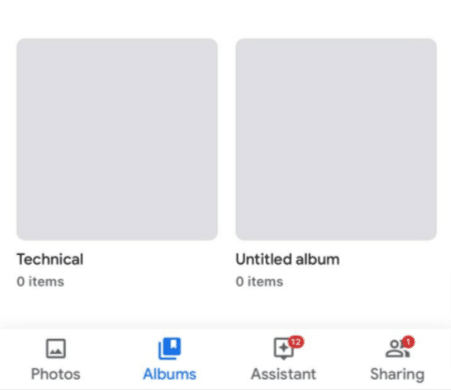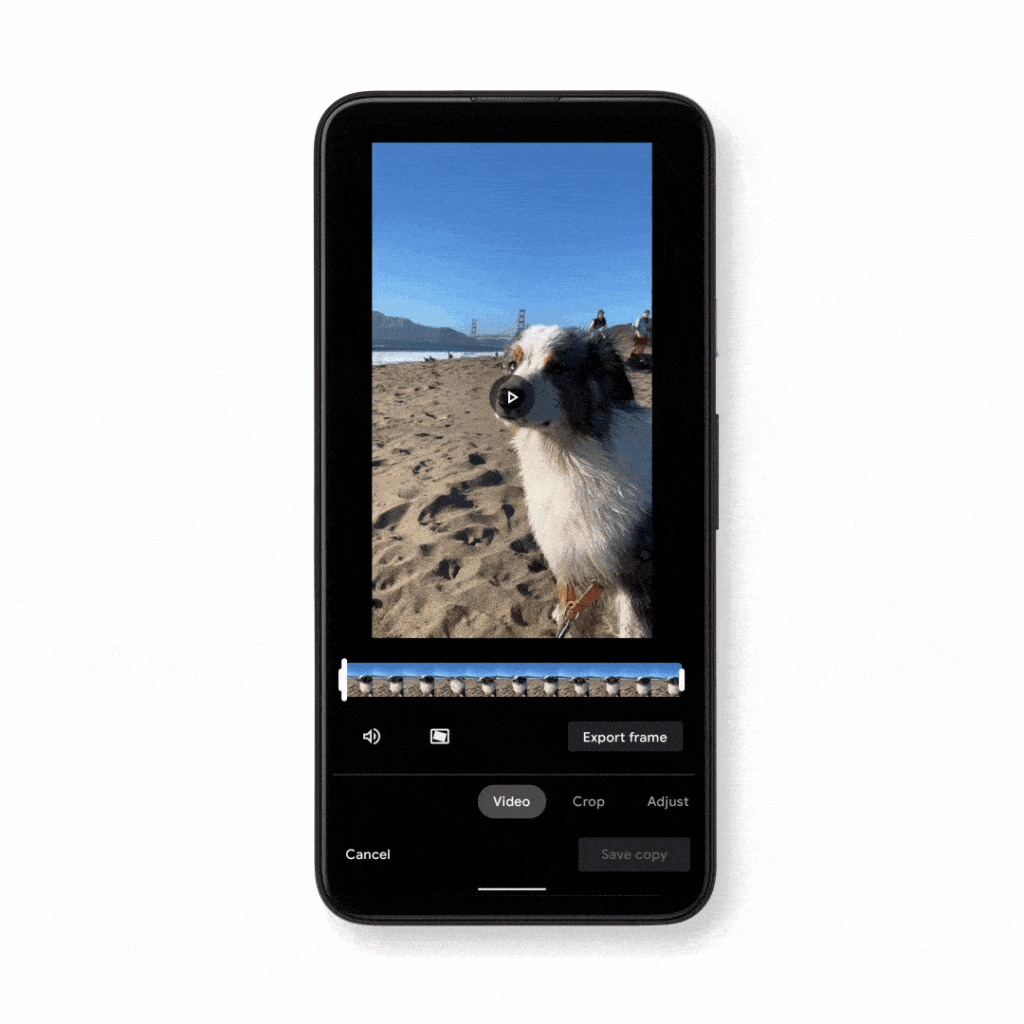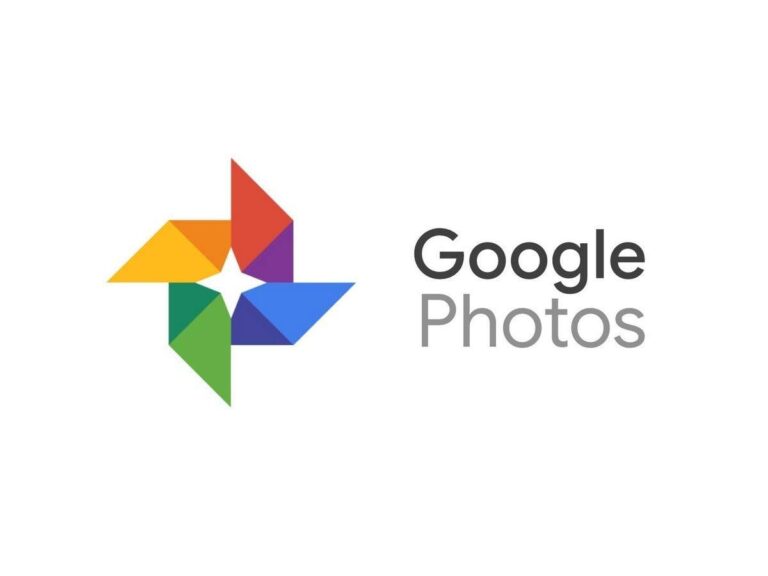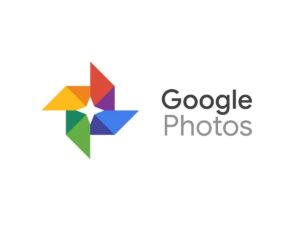In case you’re taking more photos than any other time in recent memory, doubtlessly the gallery on your cell phone, camera or tablet is getting bigger and bigger. There could be no more excellent spot to arrange your photos online than Google Photos. Simple to utilize, free and upheld by Google, this AI-driven stage is an absolute necessity use for versatile photographic artists. Inside two years the stage had effectively accomplished in excess of 500 million clients transferring an astounding 1.2 billion photos consistently. Accessible on iOS, Android and the Web, Google Photos is an awesome decision. That it offers unlimited storage with the expectation of complimentary makes it an easy decision. Here’s the manner by which you can get fully operational in only a couple steps.
What you will see here?
What is Google Photos?
The service officially launched in May 2015 as a standalone spin-off of sorts from Google+ Photos, which was based in the Google+ social network (Google would later retire Google+ Photos). It retained many of the features of the older Google+ Photos, as well as some new features.
The apps and the service were immediate hits with smartphone owners, hitting 500 million users by in May 2017, two years after it launched. Those users upload 1.2 billion photos every day. In June 2017, the company announced Google Photos had reached over 1 billion app downloads. In June 2020, the app got a redesign, along with a slightly different logo.
You can download the app on both Android and iOS, and you can also go to the photos.google.com site to view your stored images and clips on a PC or mobile web browser.
Benefits does Google Photos give?
Google Photos does two things exceptionally well – Organizing and Searching. Backing up to the cloud can be done easily by any other app but managing them can be a tedious task, exactly where this service shines. It will arrange your uploaded pictures by location and by date automatically. Being able to search for the context “Show me my mom’s photos in Aurangabad†is just breathtaking. Google also solved storage problems a lot of users have nowadays by letting them delete the local photographs. Sharing full-size photos is a piece of cake with this thing, just select and create the link which doesn’t take even a minute.
Four Primary Tabs

There are four primary tabs on Google Photos – Assistant that essentially acts as a feed and shows auto-generated content for you to save, Albums consists of folders, collections, albums, Photos is self-explanatory and lastly, Sharing which is a list of all the sharing activity. In this last tab, you will also receive sharing suggestions from time-to-time if the app detects your friend’s face in a picture.
Download The App
The first step is always the easiest as you head to the App Store or Google Play to download the Google Photos App.

When the app is installed, sign in with your Google account. After successfully signing in, you’ll be incited with a significant decision – the quality setting. Here, you can pick “Superior grade” which implies the entirety of your mobile photos will transfer at full resolution up to a 16-megapixel cutoff, and HD videos will transfer at 1080p.
On the other hand, you can pick “Unique,” which likewise saves at full resolution, however that will represent a mark against your current Google stockpiling. Having made your determination, the following stage is to transfer photos or potentially videos, and, contingent upon the number of you have, this can take some time. This is the ideal chance to pause for a moment and watch a film.
Uploading Your Memories

The main advance of everything is realizing how to back up your photos. On Android and iOS, it’s pretty much direct.
- In android , it’s just about as simple as opening the application and tapping the three line otherwise known as the “burger” menu button.
- Select Settings and “Backup and Sync.”
- Turn it on so that each time the application is opened it will naturally upload new photos and recordings in the background.
A similar process is set up for iOS.
- Open the application, tap the menu button.
- Select Settings and “Backup and Sync” and ensure the alternative is turned on a well.
- On the two stages, follow similar strides to turn “Backup and Sync” off, halting the programmed transfer.
- Furthermore, every stage has an alternative to turn on or off cellular data for photo transferring.
Viewing Your Gallery
Now that everything is uploaded to Google Photos, viewing your gallery is easy. Simply open the app with the default view for your photos. Google automatically sorts by the newest images. If you’d prefer to see your memories on a larger screen, you can also view your uploads at https://photos.google.com.
- Open the Google Photos app
.
- At the bottom, tap Photos
.
- You should see the photo you just took at the top. Try scrolling down to see what else is there.
Find a memorable photo from your past
Think of a memorable photo that’s on your phone or tablet. Try to remember something in the photo, like a dog, the beach, or where you were.
- At the bottom, tap Search
.
- In the Search bar at the top, type the name of something that’s in the photos, like “beach” or “dog.”
- Tip: You can also tap one of the search suggestions on the page.
- At the bottom right of the keyboard, tap Done
. This may vary by device.
Share photos & videos
You can share photos, videos, albums, and movies with any of your contacts, even if they don’t use the Google Photos app.Another nice thing about Google Photos is you can actually share images you upload with others, even if they don’t have the Google Photos app. All you have to do is select a photo, video, or album, tap on the Share icon in the app and type in who you want to share an album with. You can also type in a phone number or email address. Then just type in a personal message if you want and then tap on Send. Shared albums can support up to 20,000 total items. You can also use the Share feature to upload photos and videos to your social networking accounts like Facebook and Twitter.
AI grouping of images into groups and albums
Google Photos likewise utilizes artificial intelligence and machine learning to recognize items in your photos. Those items would then be able to be set in their own groups and albums. In the event that you take a great deal of photographs of your canine with your cell phone, the assistance will see it, at that point bunch each one of those canine photographs into one collection on your application or the Google Photos site. Indeed, an update in 2017 added the capacity to recognize the particular canine in the photos when transferred.
At the point when you tap on the albums section of the Google Photos application, it shows you three categories on top to look for the picture you need to discover: People, Places, and Things. The People classification shows pictures of faces, and the Places classification shows locations, in light of both geotagging data and furthermore distinguishing explicit notable landmarks in the photograph. The Things class can show non-human subjects as well as photographs and recordings that were taken for explicit occasions, similar to birthday celebrations or excursions.
Photo books support in Google Photos

If you see a group of images in Google Photos and want to bring them into the physical world, the service also lets you order Photo Books from your collected images. In fact, using AI, Google Photos arrange the book, adding the photos it think are best. Of course, you can still manually select which images go in the photo book as well. Pricing for these books begin at $9.99 and they can be ordered on the website and in the Google Photos apps.
Editing images in Google Photos

Google Photos also lets you edit your photos, either in the apps or on its website. There’s an auto selection that allows the service to create what it believes is the best looking version of that photo, and a number of other filters you can select like Vista, which turns color images into black and white photos.
You can also manually adjust the light, color, and pop options on your images with sliders, and you can also change the aspect ratio and angles of your pictures within Google Photos as well. A more recent update lets the editor, via AI-based tools, suggest changes and edits that can be made with just one tap.
Recently, Google added some extra photo editing tools that were previously available just for owners of Pixel smartphones. They include Portrait Blur, Portrait Light, and Color Pop. The bad news is that you have to have a subscription to the Google One storage service to access these features for non-Pixel phones.
Editing videos in Google Photos

Recently, the app added an all-new video editor. Not only can you crop or trim footage from your video clips, you can add filters as well. The app will also allow you to adjust your lighting and exposure. Finally, the app includes some machine learning-based features that should make a difference in your final video.
Google Photos Assistant?

Google Photos Assistant is designed to help you keep track of your library of photos and videos. It will generate cards with suggestions on which photos can be turned into collages, animations, and movies. It will even use machine learning to show you pictures in your account that you might want to delete. Assistant will also offer notifications for alerts like if you are using up your storage space.
More tips and Tricks
Here are some more tips and tricks you can try out while using Google Photos:
- Live Albums is a nice feature. Just make an album, select the people you want to see in that album, and Google Photos will automatically put pictures of those folks in that album.
- Another addition lets you see information about a specific photo, such as its date, its file size, and where it was taken, by just swiping up on that photo.
- You can automatically create movies from your Google Photos pictures by tapping on Assistant, and then select Movie. You have 10 different categories to choose from, including Love Story, Selfie Movie, and Doggie Movie.
- If you share a photo or album with others on the service, they can now “like†images by tapping on a heart icon.
- There’s a Color Pop feature that lets you keep the color on the subject of an image in Google Photos, but then turns the background into black and white.
- A recent feature called Cinematic Photos allows you to create the illusion of depth in your standard 2D images.
- There’s a new feature that lets you use saved images on your phone as live wallpaper. Those photos are cycled automatically through the home screen.
Finishing Off!
Android was always criticized for not having a great photo management app, the default ones were slow and didn’t really synced with the cloud. Third party developers jumped in quickly with some really good alternatives like “QuickPic†but those too were lame when it came to the UI itself.
There are a lot of reasons why Google Photos has soared to the highest point of such countless arrangements of best photograph storage locales on the web. Everything from uploading to syncing is top tier. The chance to see hundreds, if not thousands, of recollections in a single spot is useful for everybody from the easygoing shooter to the expert photographic artist. Have you attempted Google Photos previously? Tell us your musings down underneath.
















